This summer the Center for Creative Connections invited C3 Visiting Artist Lisa Huffaker to design an in-gallery activity inspired by a work of art on view in C3. Meet Lisa here and learn more about her musically engaging activities designed for visitors of all ages.
Tell us about yourself. (In 50 words or less)
I am a classical singer by training, but have always created visual art and poetry as well. My latest project is White Rock Zine Machine, which offers tiny handmade books of art and writing through re-purposed vending machines. I am interested in the community we form through creative work.
What motivated you to apply to the C3 Visiting Artist Project?
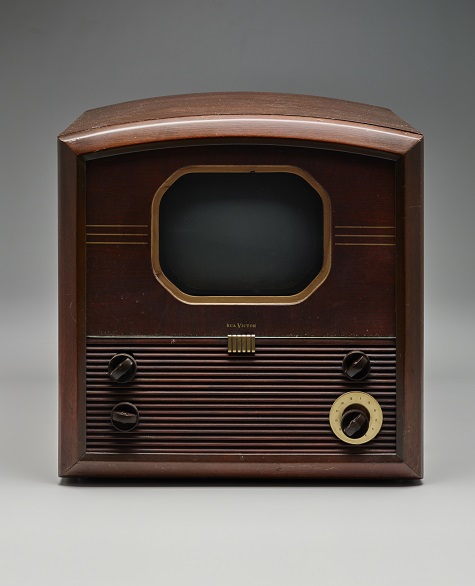
Nam June Paik, Music Box Based on Piano Piece Composed in Tokyo in 1954, 1994, Vintage TV cabinet, Panasonic 10 TV model 1050R, Panasonic mini video camera, incandescent light bulb and 144-note music box mechanism, Dallas Museum of Art, bequest of Dorace M. Fichtenbaum 2015.48.113
While visiting the Museum, I saw Nam June Paik’s Music Box Based on a Piano Piece Composed in Tokyo in 1954. It’s an old television transformed to show a video of a music box, and it reminded me of my vending machines, which are also “communication boxes” with knobs, whimsically reinvented to give us new content. I loved the idea of exploring the relationship between these two objects, within the interactive space of the C3 Gallery, and inviting visitors to interact with and even contribute to the project. I’m so grateful to the DMA for embracing my crazy vision!
Tell us about the process of creating your zine machine.
I found a retired baseball card vending machine on Craigslist, and transformed it. I sanded it down to bare metal, then used old player piano rolls as stencils to paint a pattern on the sides. I cut a hole in the front panel and covered it with glass, so we could see the zines inside. I attached Victorian-era music box disks to the machine, including a sort of halo at the top. Then I added other objects — carved wood pieces, various metal oddities, a kalimba, gears and springs taken out of broken alarm clocks, and eight music box mechanisms, including one that plays original music composed by punching holes in a strip of paper.
What did you enjoy most about this experience?
While creating the zine machine, I really enjoyed the contradiction between noisy power tools and delicate, beautiful mechanisms! But most of all I have enjoyed the opportunity to explore certain ideas — the overlap of music, memory, and machine — and invite others to interact with the project. It has been fascinating to see the drawings and writings created by visitors in response to the music I chose for the listening station in my installation.
Visit the Center for Creative Connections through September to contribute drawings to Huffaker’s zines and to receive a zine from the machine.
Join C3 Visiting Artist Lisa Huffaker as she hosts a series of programs in September:
Tuesday, September 5, First Tuesday: Music with Ms. Lisa; 11:30 a.m. – Noon
Friday, September 15, Late Night Tour; 6:30 p.m.
Friday, September 15, Late Night Performance with Piano; 9:00 p.m.
Friday, September 22, Teen Homeschool; 1:00-4:00 p.m.
Jessica Fuentes is the Manager of Gallery Interpretation and the Center for Creative Connections at the DMA
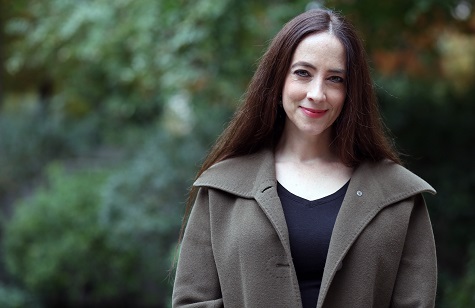
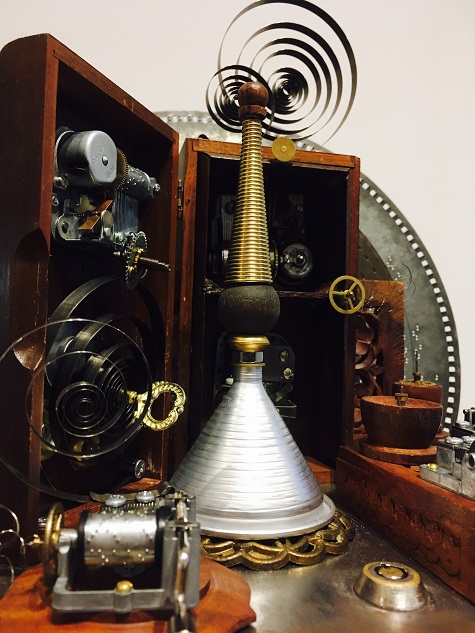
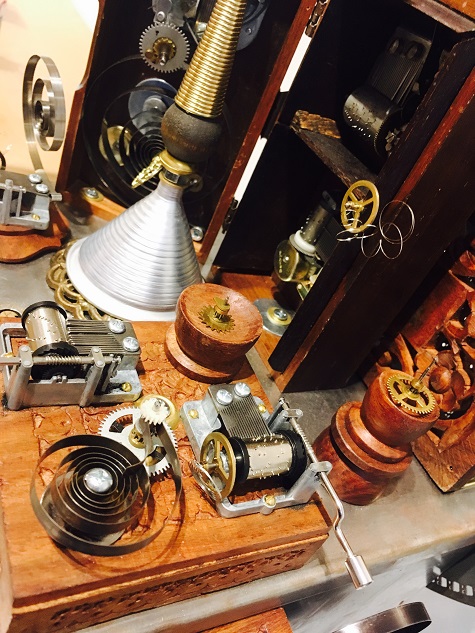
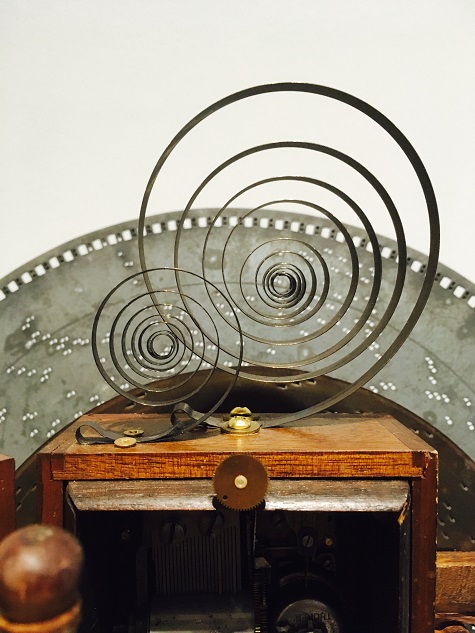
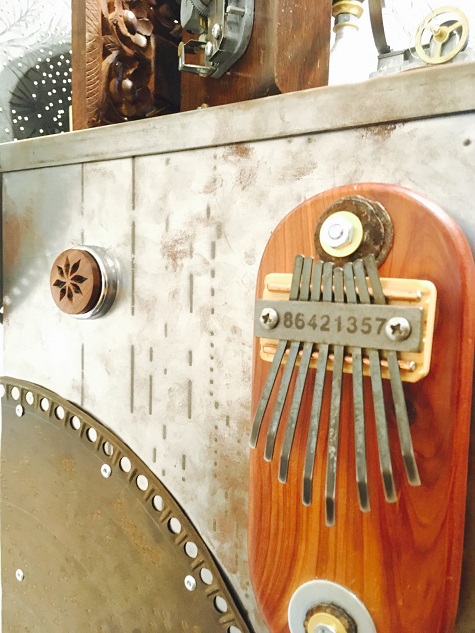
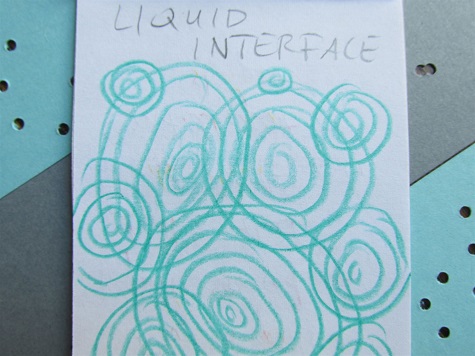

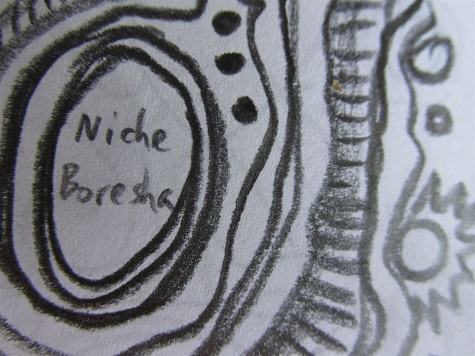
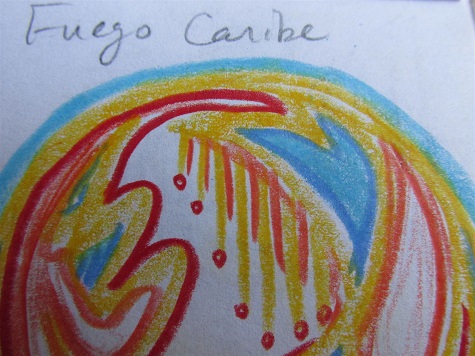
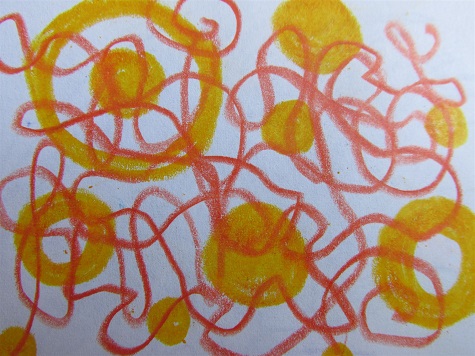
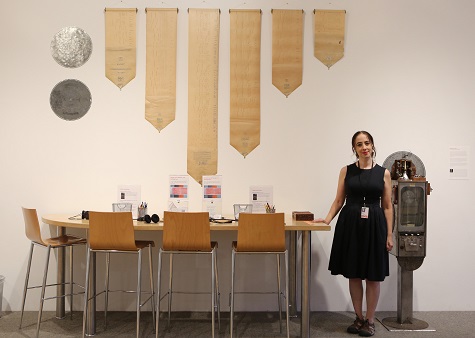
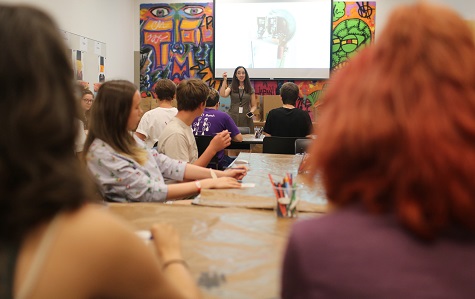

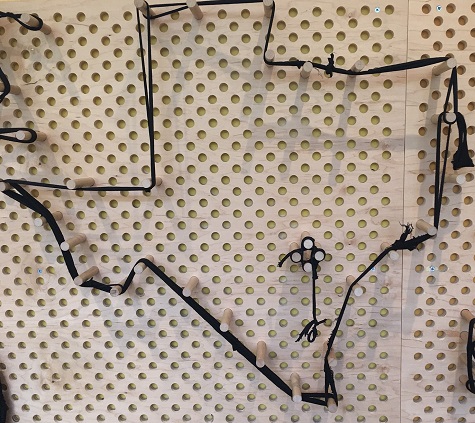
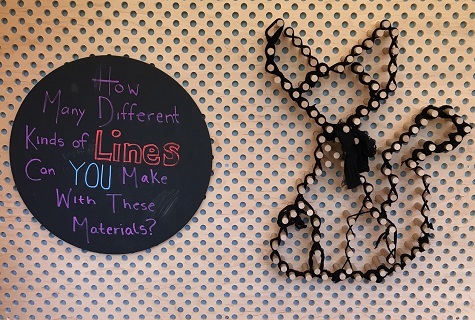
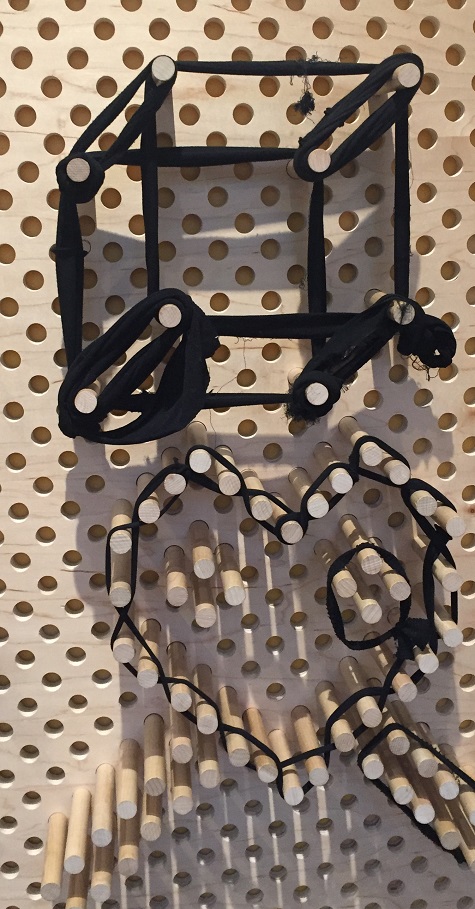
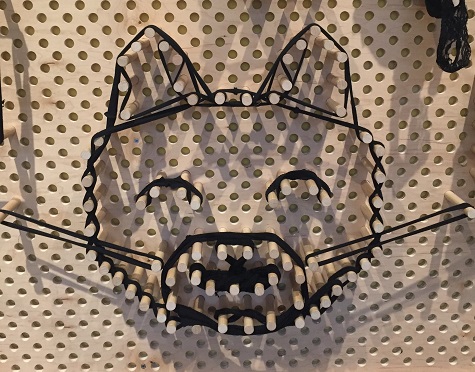
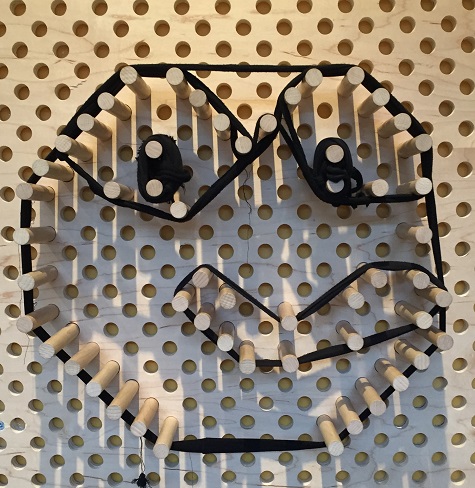

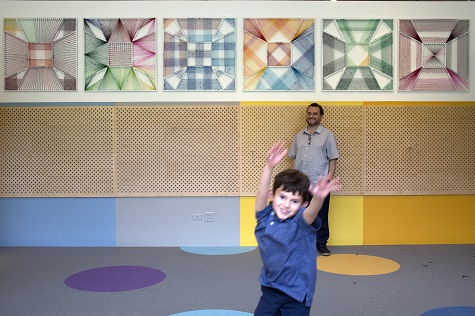
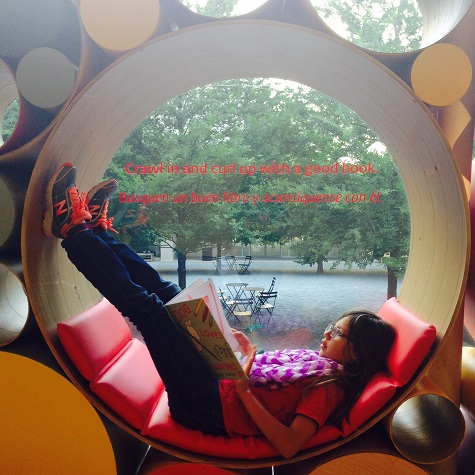

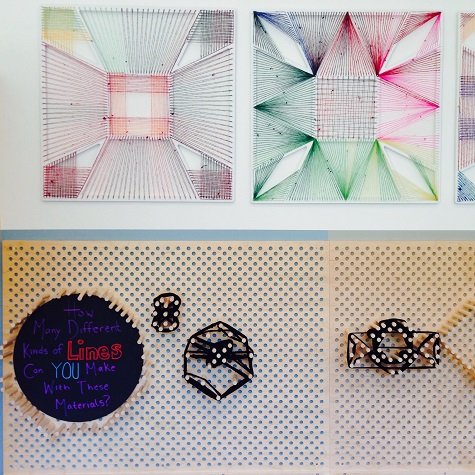


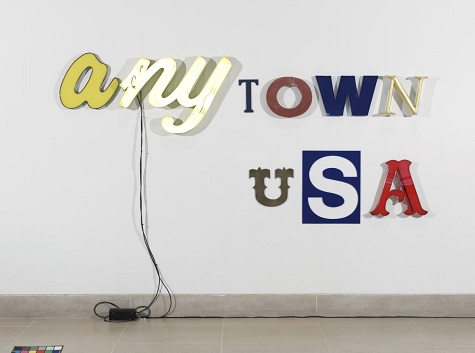
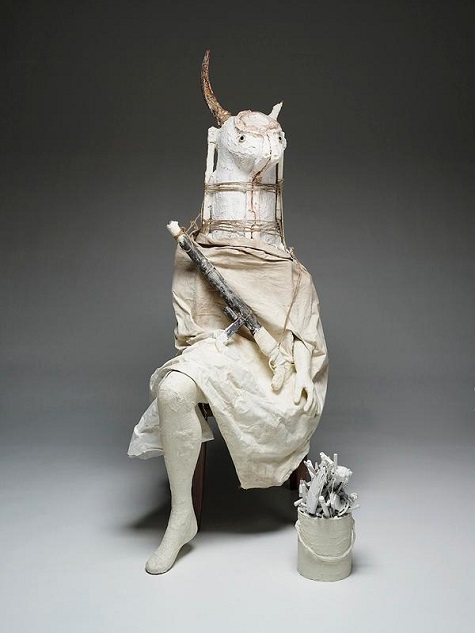
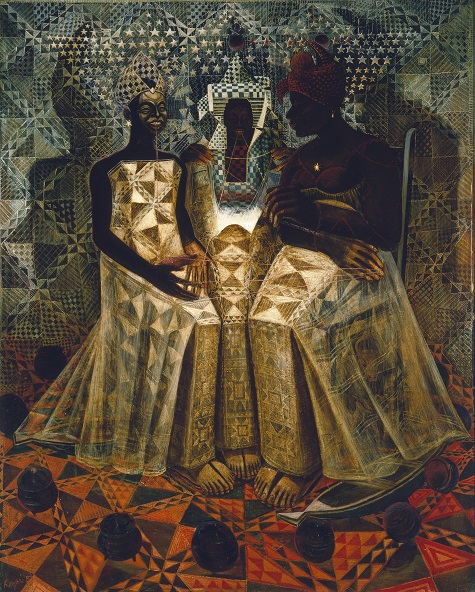
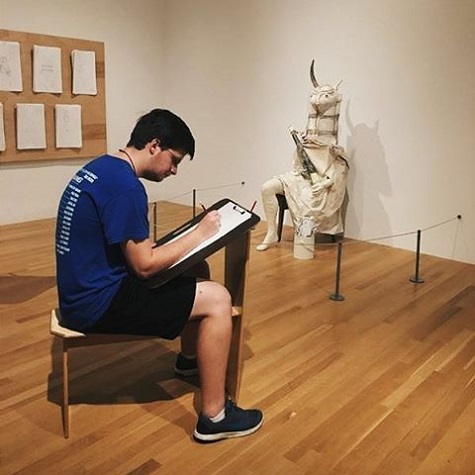
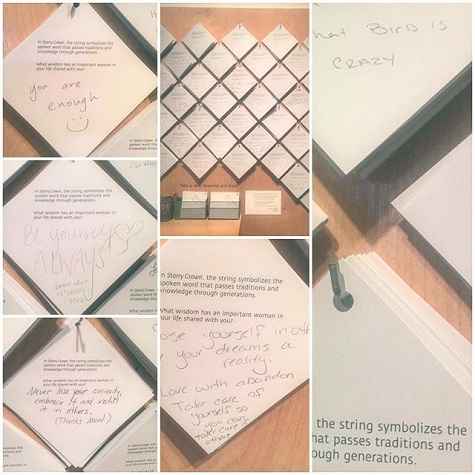
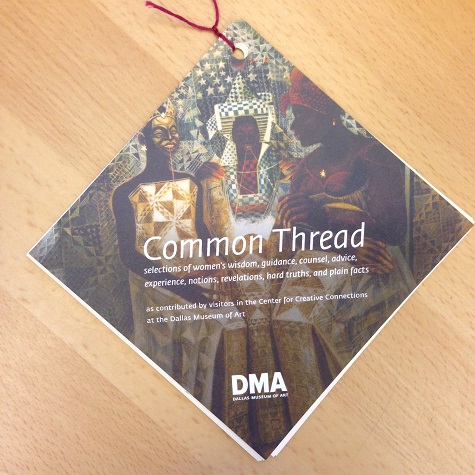
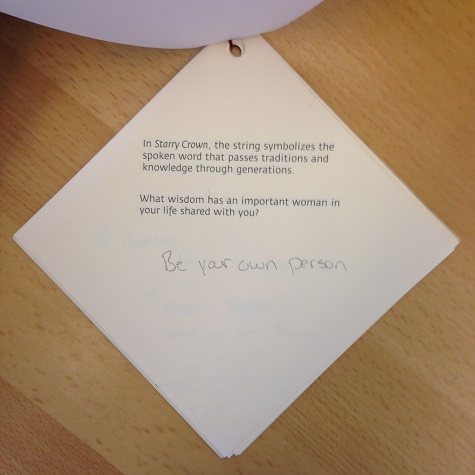
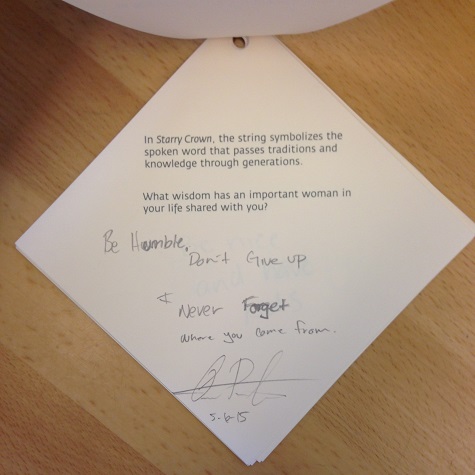
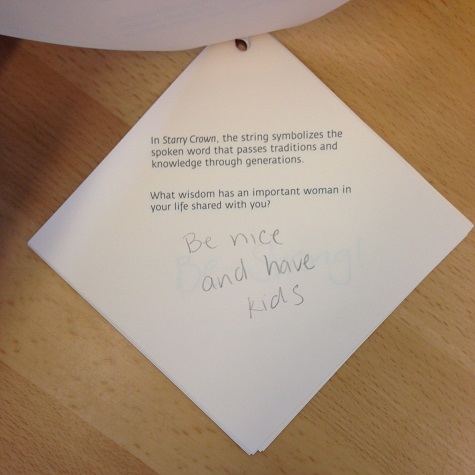
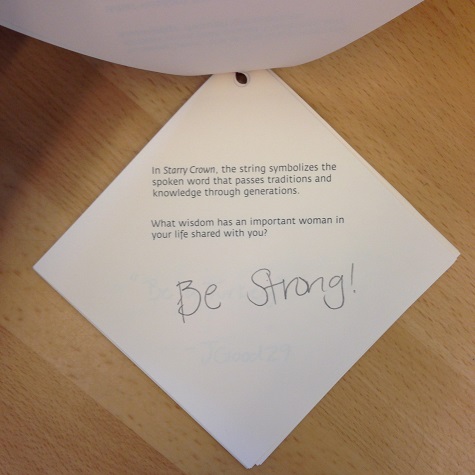
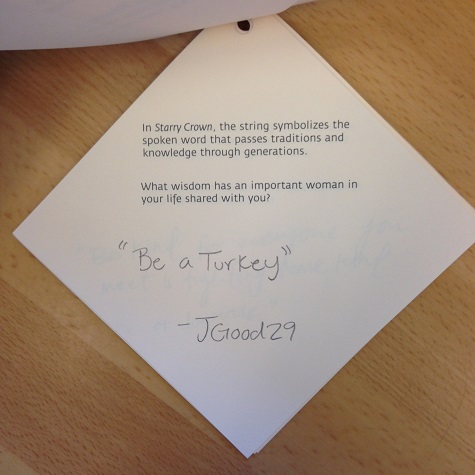
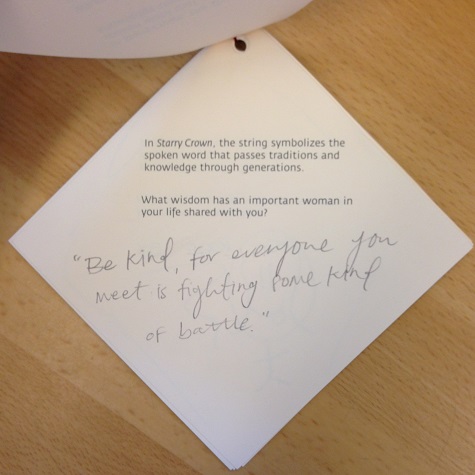

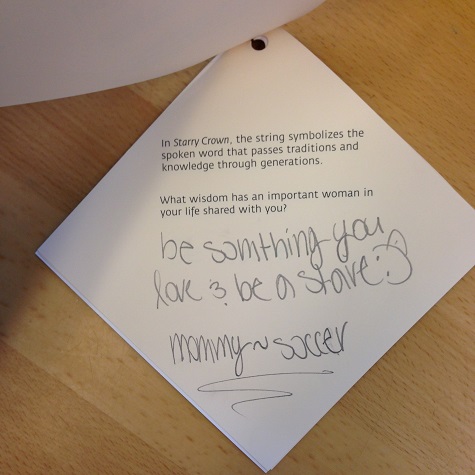
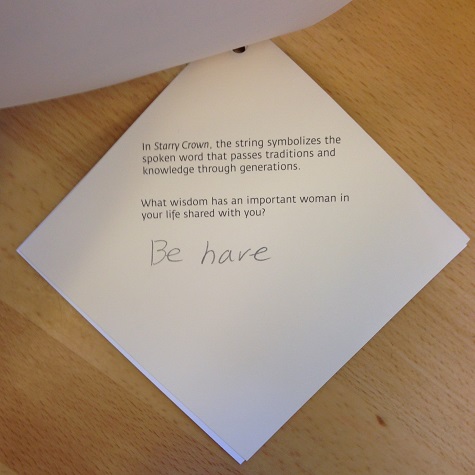
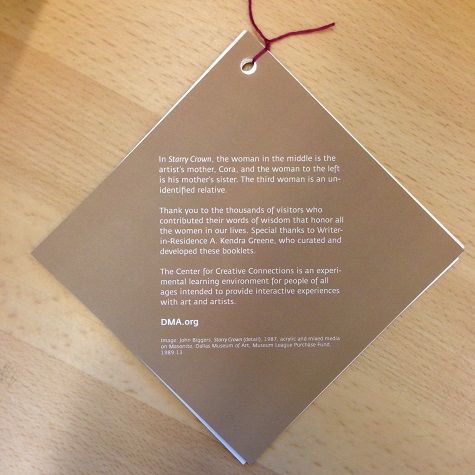
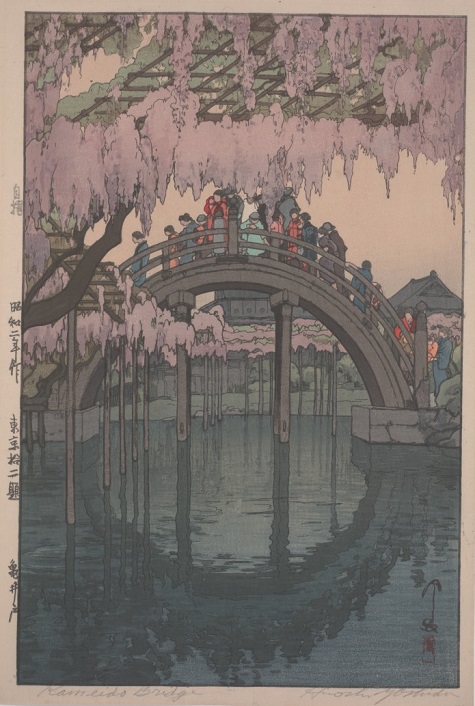

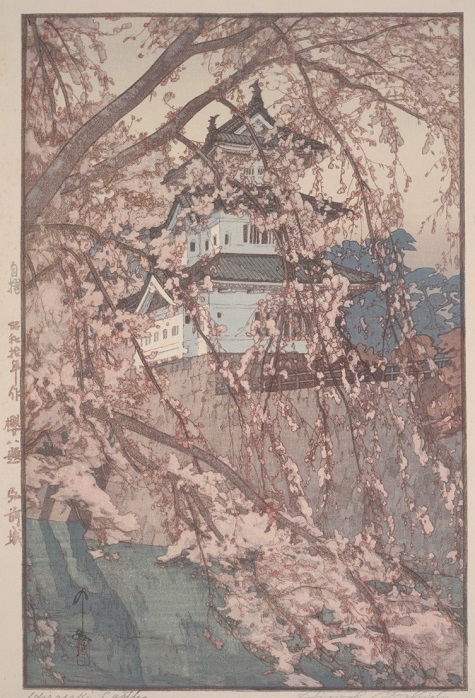
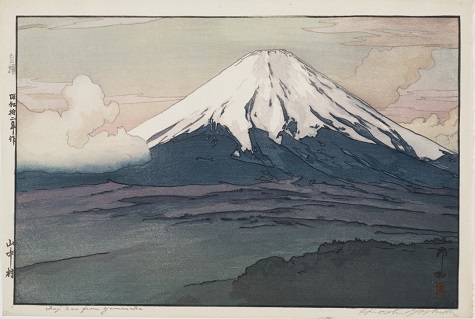

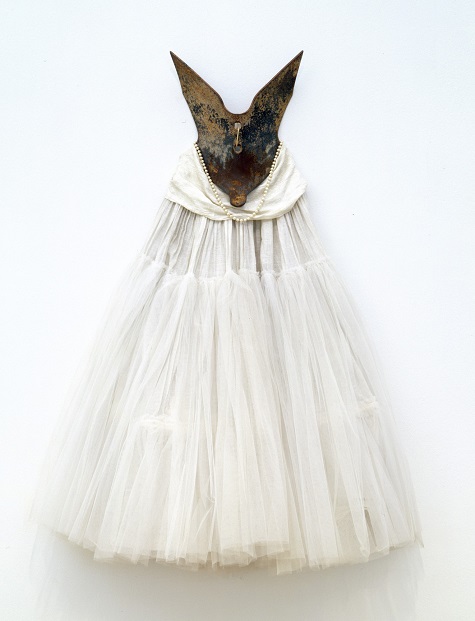
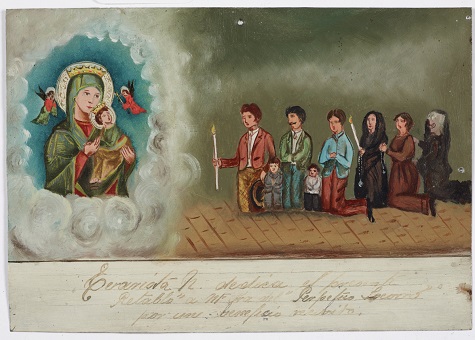

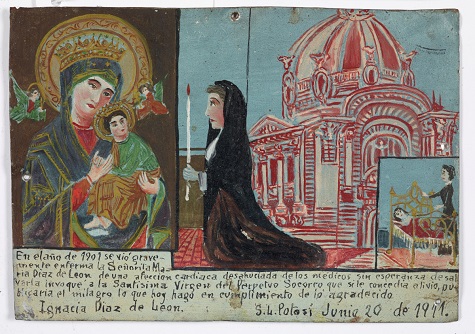
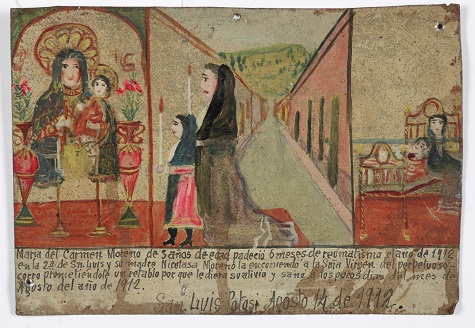
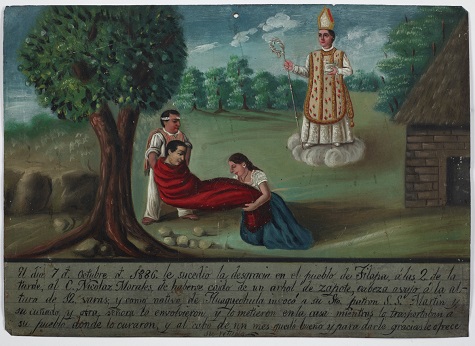
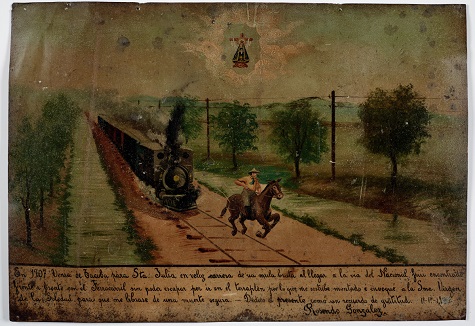

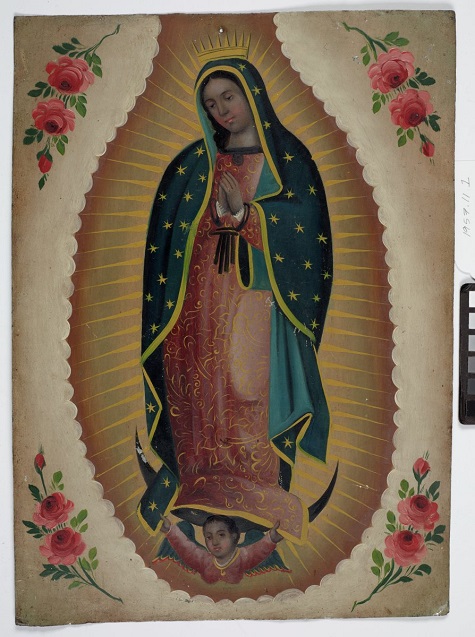
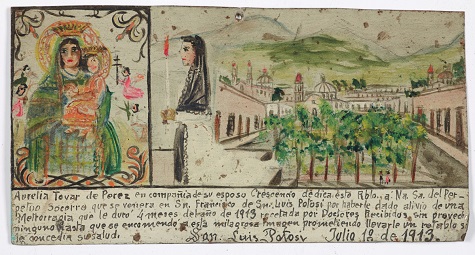


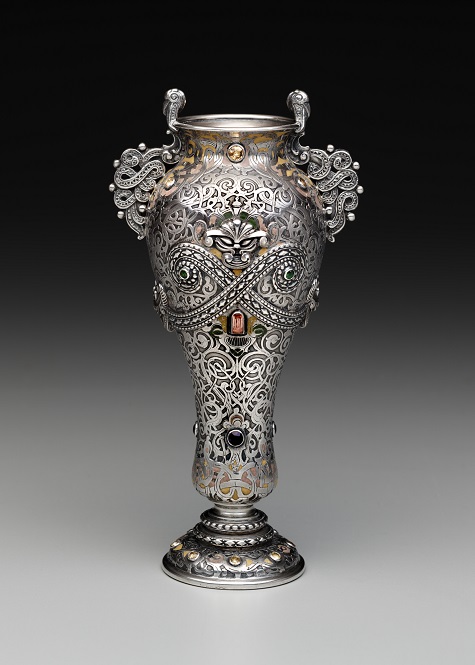
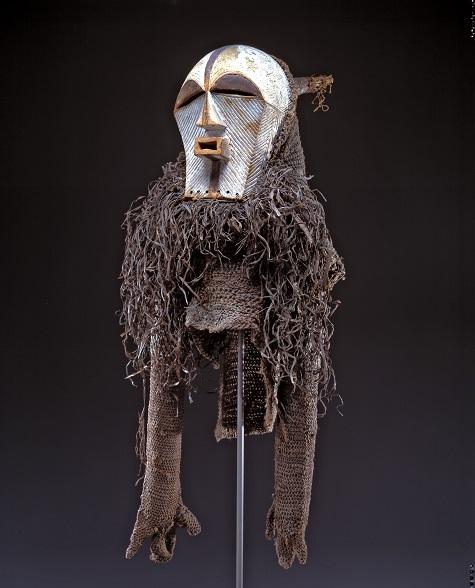
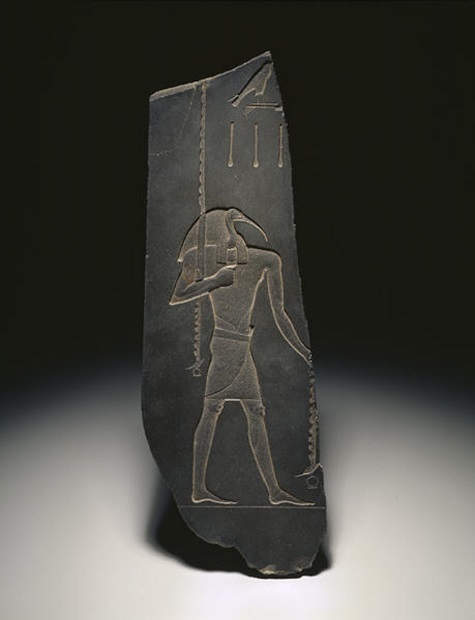
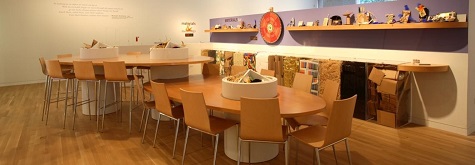
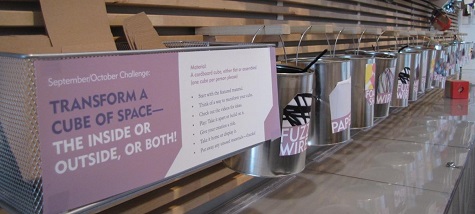
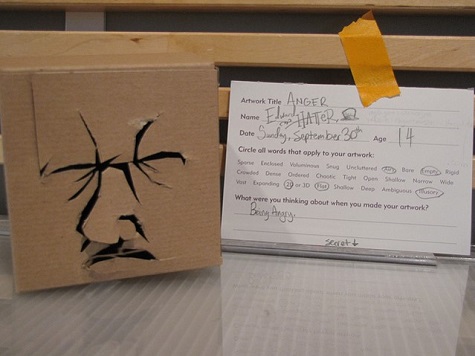
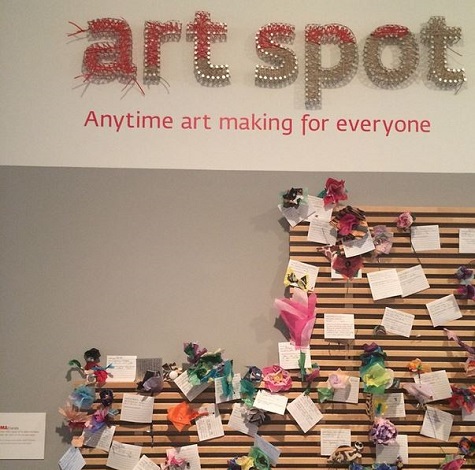
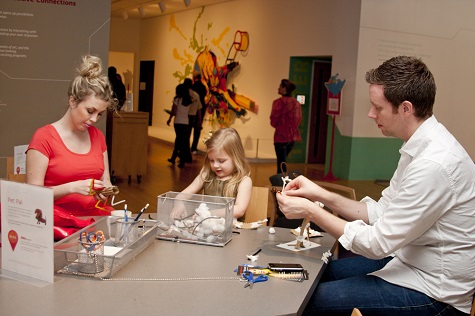
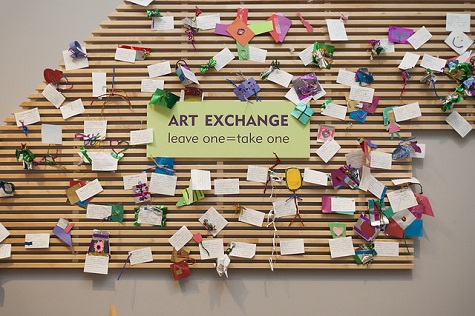
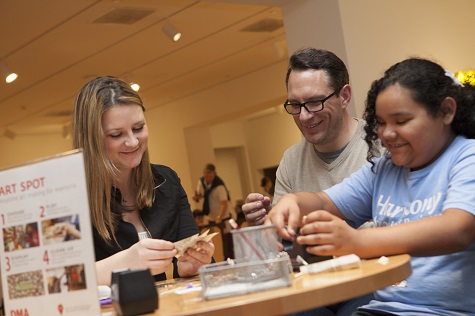
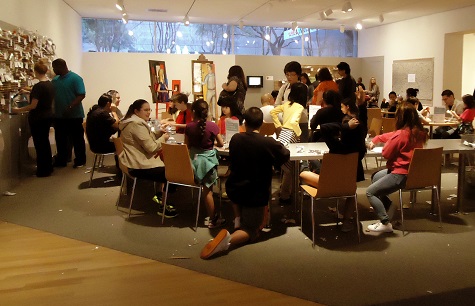
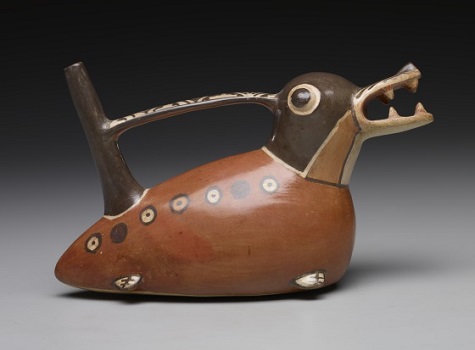
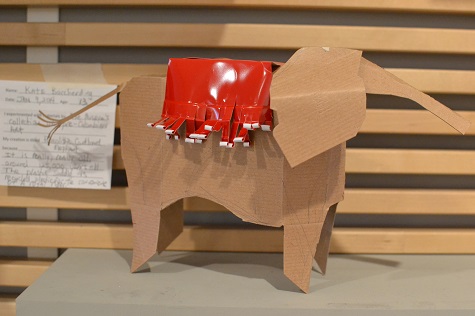
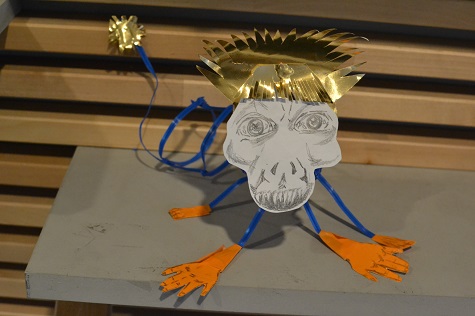
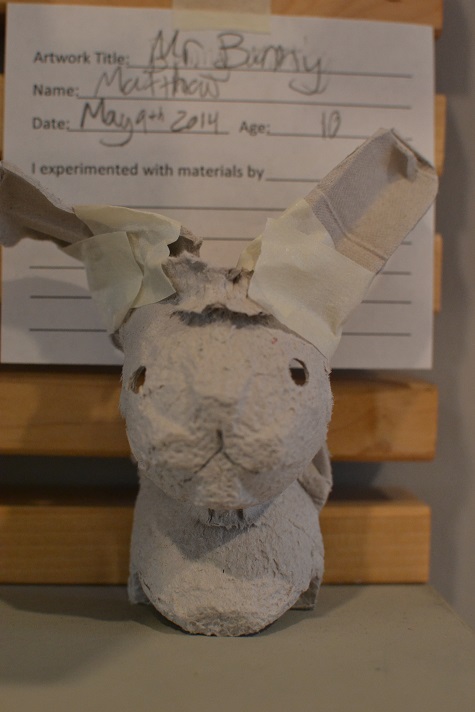
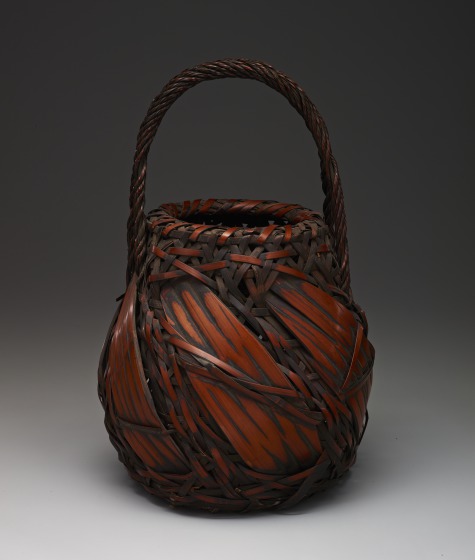
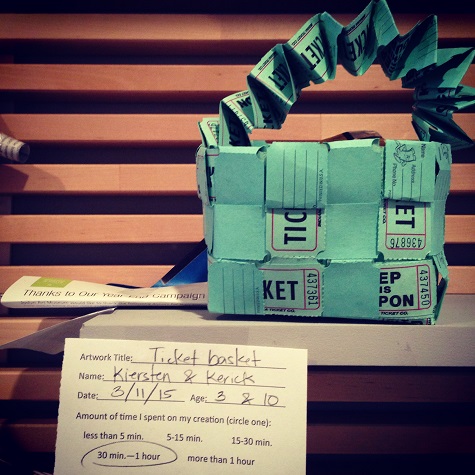
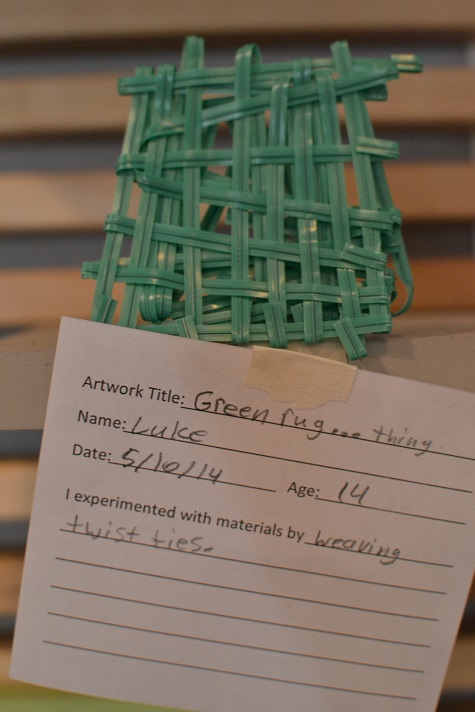
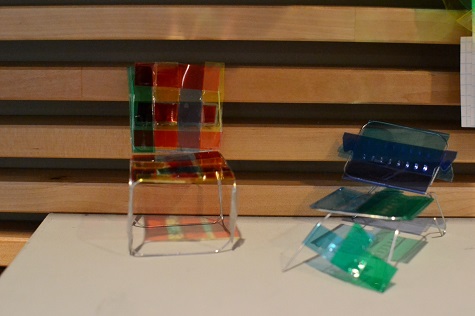
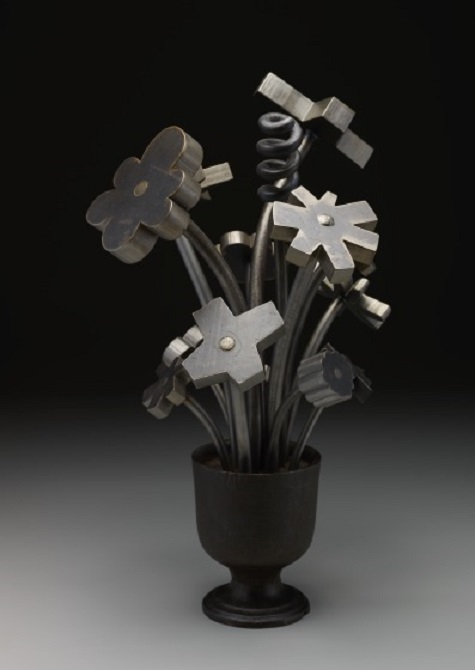

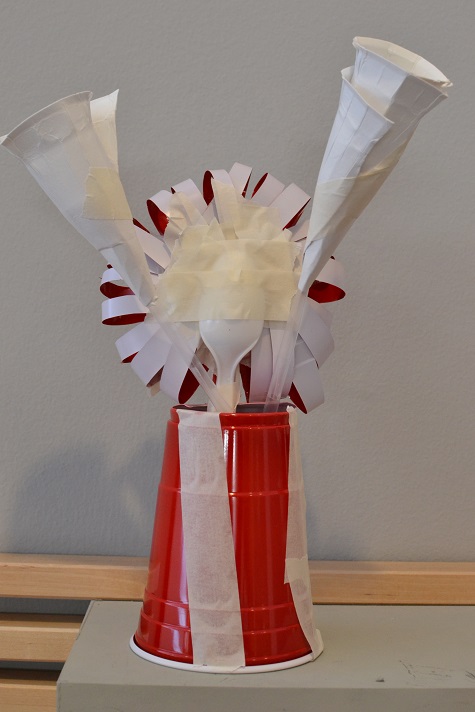
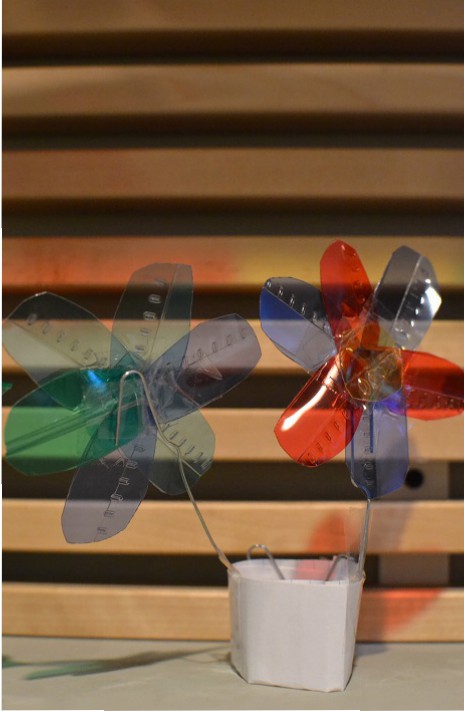
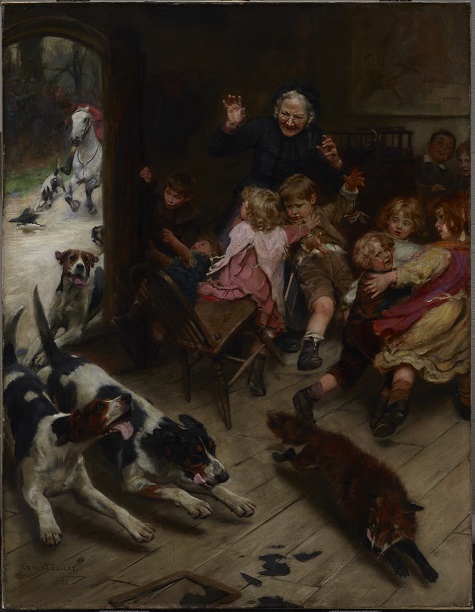









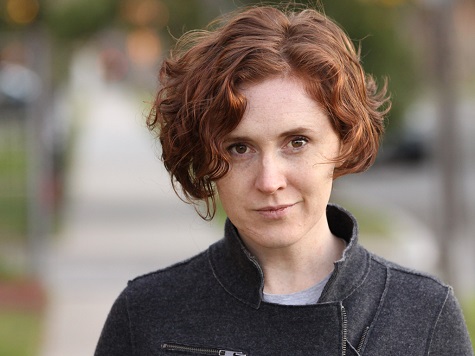
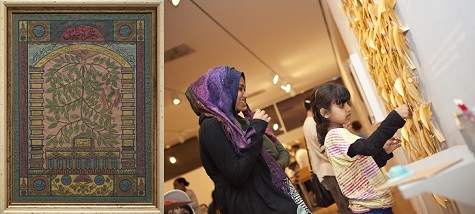
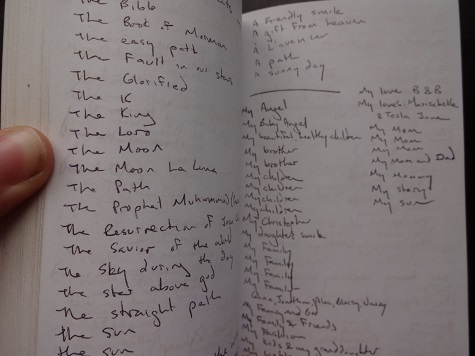
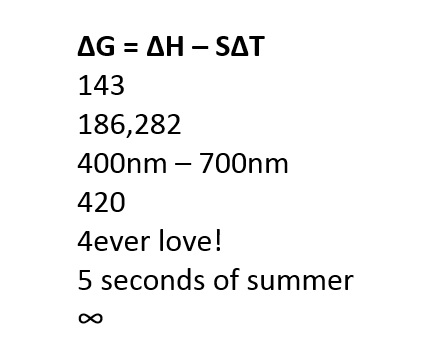
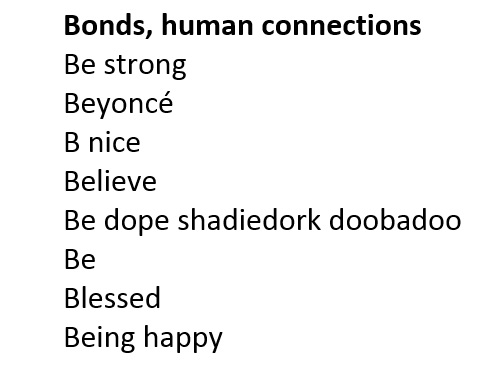
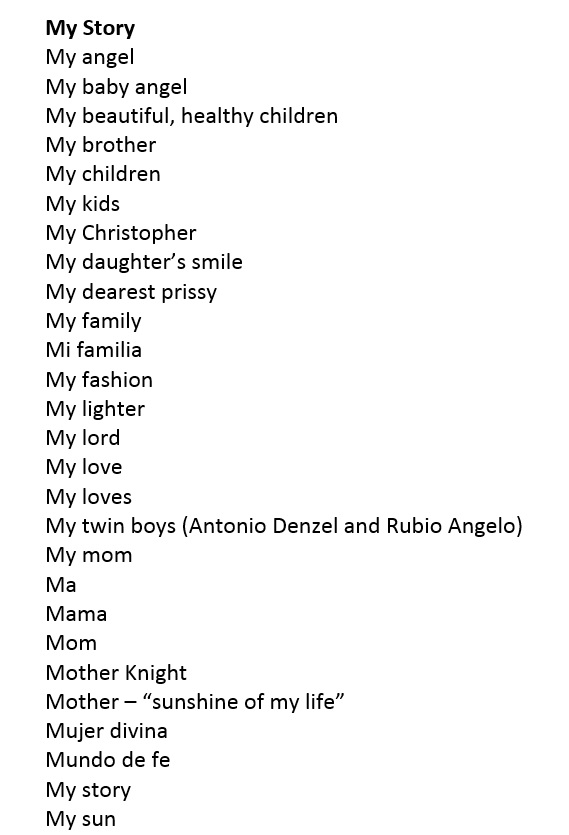
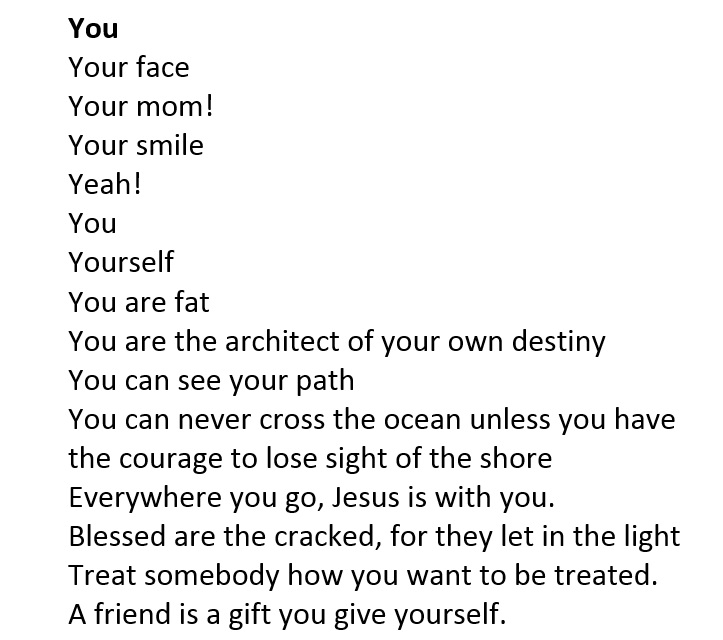
![Images (left to right): Arthur John Elsley, Hard Pressed (Any Port in a Storm/Late for School), 1898, oil on canvas, Dallas Museum of Art, gift of Kim Jordan; "Late for School." Illustrated London News [London, England] [27 Nov. 1899]: n.p. Illustrated London News. Web. 24 Sept. 2014.](https://blog.dma.org/wp-content/uploads/2014/12/combo.jpg)